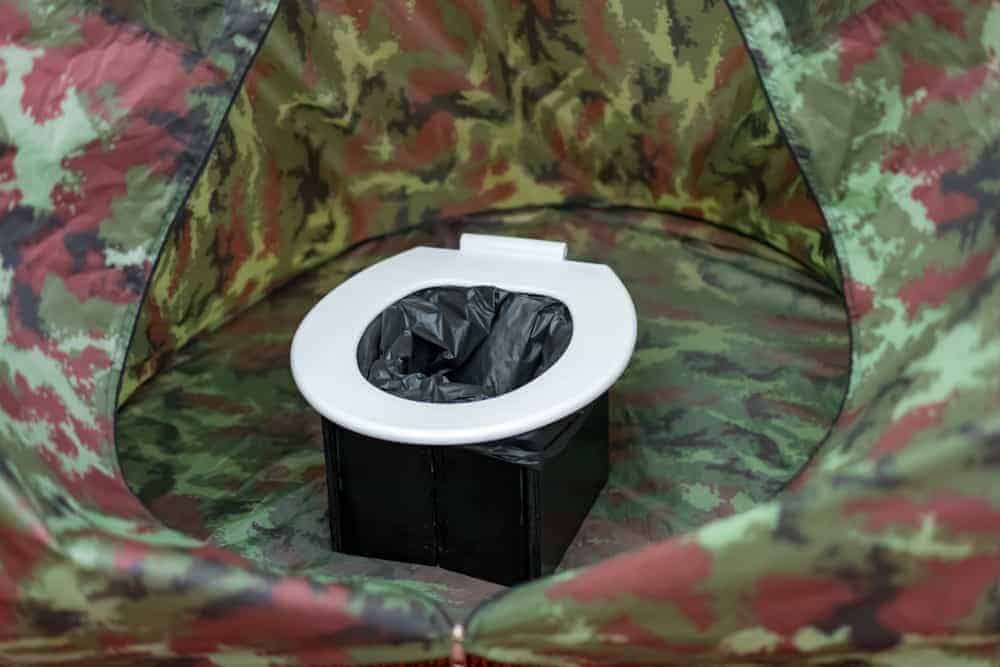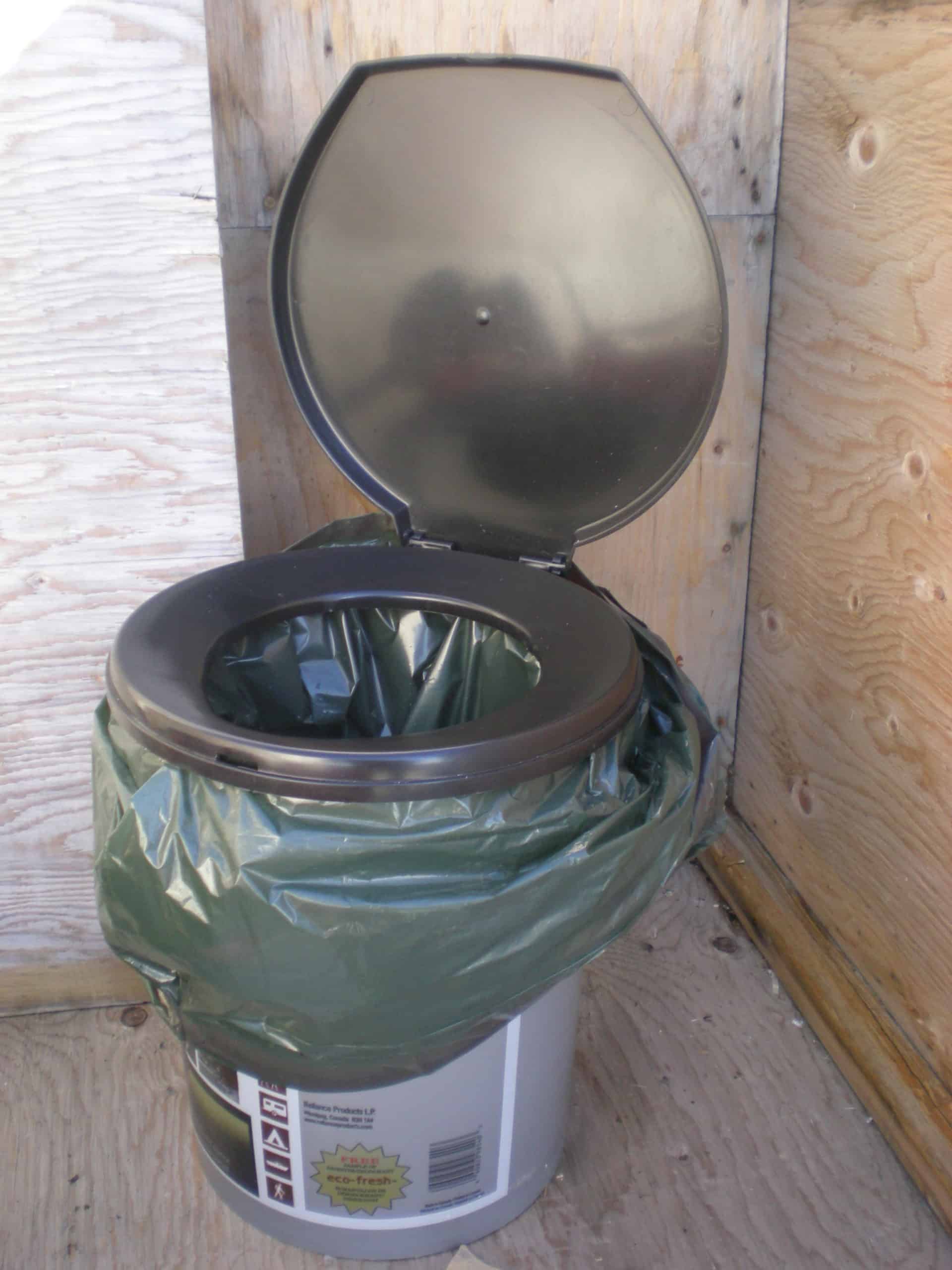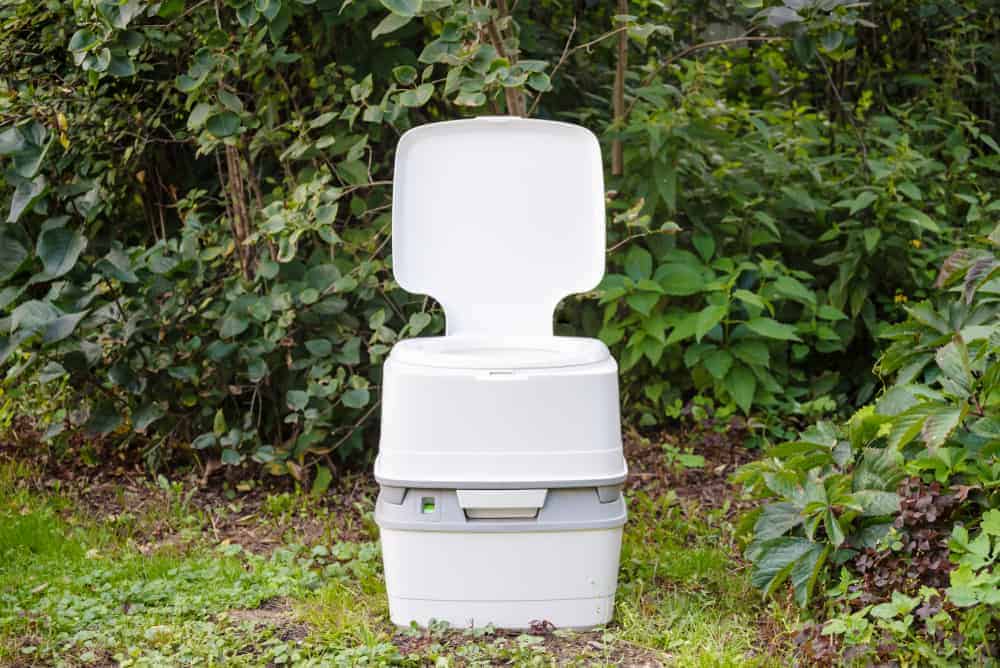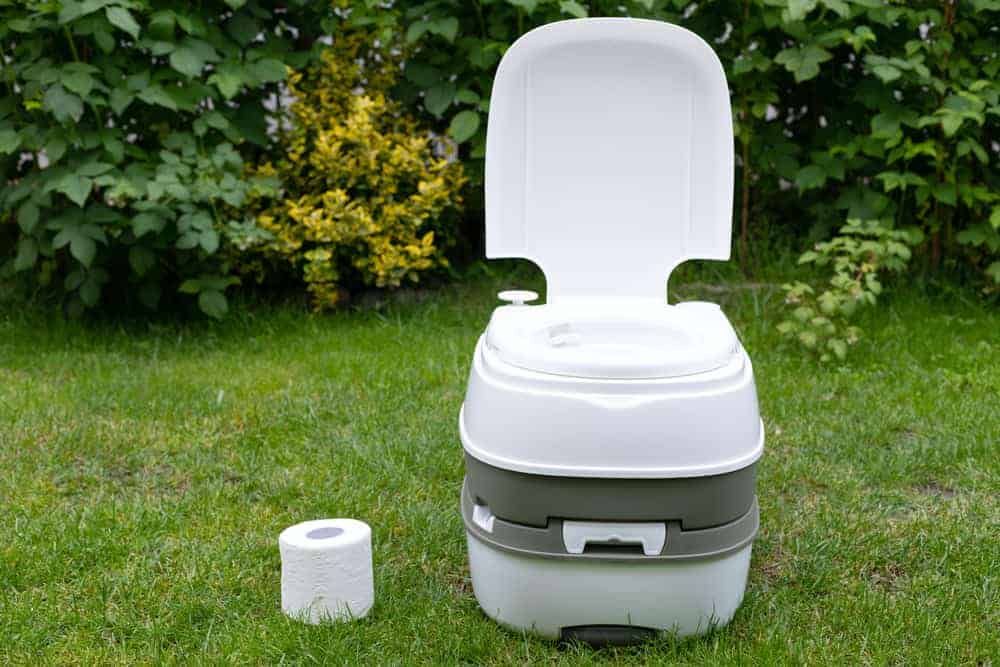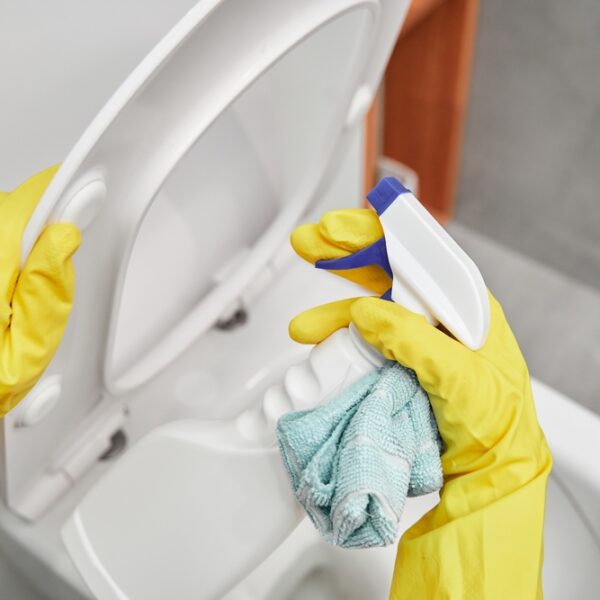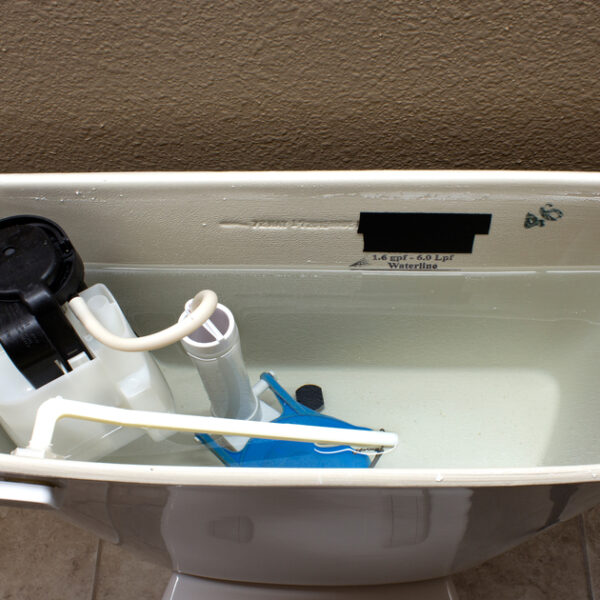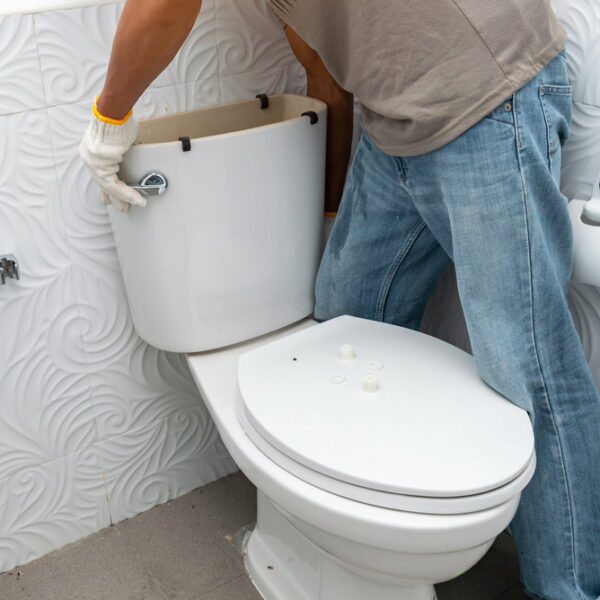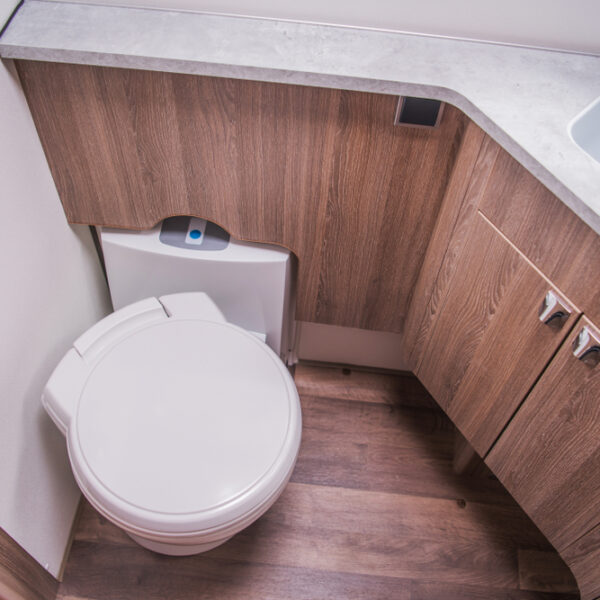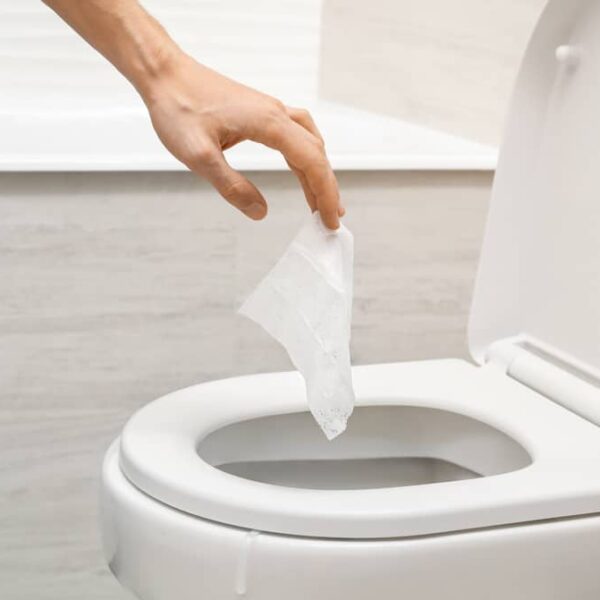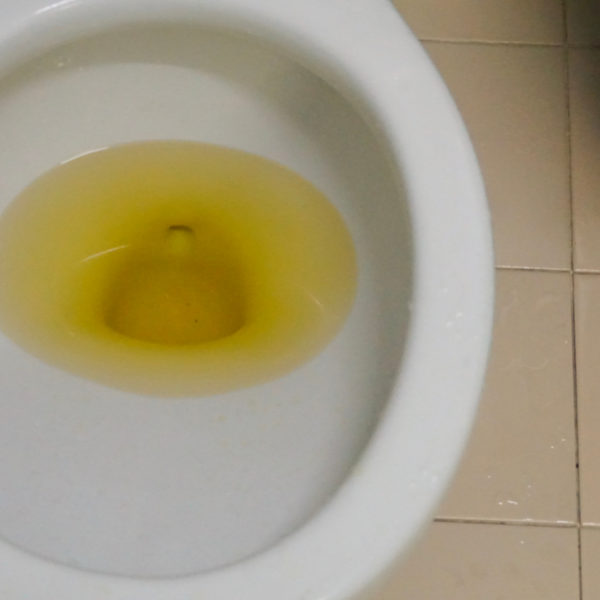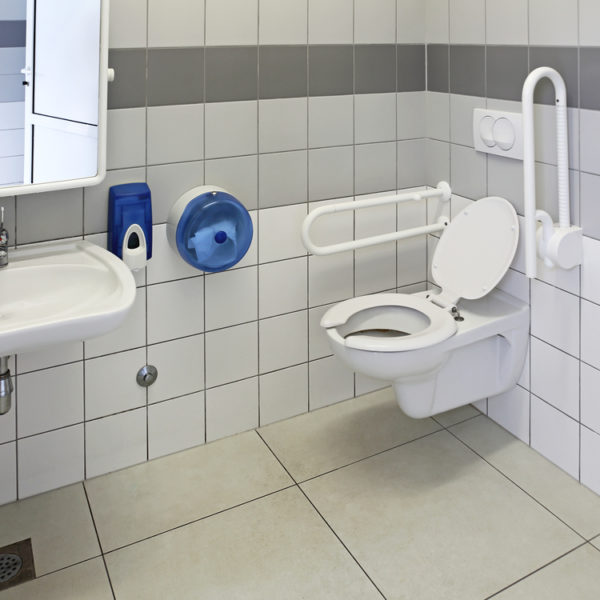Portable toilets are a fantastic idea, and technology is always improving them to make them easier to use transport, and clean.
They are not only essential for festivals and large events, but they may also be quite useful and practical for those who live in a trailer or mobile home.
They’re also a good idea if you’re planning a modest trip to the mountains with your family or a group of friends and won’t be able to relieve yourself.
As a result, we’ve included a comprehensive guide to how to empty portable toilets in this post. If you decide to buy one or already have one but aren’t getting the most out of it, this guide will show you how to use it, clean it, and everything else you need to know to get the most out of it.
What you need to know about portable camper toilets
The thought of having a portable toilet nearby may not have appealed to everyone. And it’s understandable; who wants to be near a poop-filled box? However, his idea has been and will continue to be extremely helpful to the environment.
Every day, portable toilets are projected to save over 120 million gallons of water. To give you an idea of how much it contributes to the ecosystem, consider that a single individual in the United States uses around 70 gallons of water every day.
For a single individual, that’s almost 25,000 gallons each year. Can you imagine how much water the United States consumes in a single day? Every day, more than 23 billion gallons are produced.
So, if you’ve ever considered buying a portable toilet, it’s a terrific idea and a great way to help the environment.
Its Creation and Use
During World War II, the first portable toilets were invented. They were composed of wood and aluminum, and they were a rapid answer since huge groups of people had to relocate to combat zones with little time to prepare.
To prevent infections from spreading across the camps, the portable toilet was developed to provide a bit more cleanliness and hygiene to the troops’ quarters.
But, to be precise, a flush toilet, such as those seen in portable toilets, was invented in the late 16th century and did not become widely utilized until the mid-19th century.
Types of Portable Toilets
It is important to know that there are several types of portable toilets, so we present a list below so you can identify which of them best suits your needs.
- Bucket toilet
They are the most basic type of toilet available. When compared to other types of portable toilets, one of their advantages is that they are quite inexpensive.
However, there are several drawbacks to utilizing these restrooms. The first is a matter of convenience when it comes to cleaning your bathroom.
As the name implies, this portable toilet collects all waste in a bucket that comes after the toilet bowl. It’s common practice to place a plastic bag over the bucket so that when it’s time to clean, all you have to do is remove the bag rather than properly clean the bucket.
It is suggested that you only use this sort of restroom to defecate, not to urinate. Because this sort of bathroom does not divide solids from liquid waste, you will have to deal with a bag full of solid and liquid waste, which makes the bag more prone to punctures.
And you can picture what may happen if that bag breaks while you’re driving to a garbage disposal facility. We assure you that collecting all of that trash or having it dispersed in the back of your truck will not be a pleasant experience.
Another significant disadvantage is that it does not erase smells, thus it is best for individuals who will only use it once or twice a year, such as those who take a trip to the mountains once or twice a year, but not for those who must use the restroom regularly. portable regularly.
- Compost toilet
They are one of the most environmentally-friendly solutions available. To begin with, they are far more comfortable than bucket toilets. Because the toilet seat is at a higher position, it is simpler to use.
It also includes seats, which makes it considerably more comfortable to use, and it has a discharge mechanism, which ensures that people’s feces does not collect. This significantly reduces smells in the restroom.
It also features support for the toilet paper, making it much more convenient to use. Compost toilets are frequently made of ash or sawdust to make waste biodegradable, and so have a substantial environmental benefit.
The only problem with these toilets is that they are quite large and take up a lot of space, so it could be a problem every time you have to move them.
- Chemical Toilet
Chemical portable toilets are distinguished by the presence of liquid or powder chemicals that remove the bathroom’s foul odor. Aside from that, it’s a lot like compost toilets. Usually, they also have a better valve for flushing.
The majority of these bathrooms are present and are utilized at large festivals and concerts.
They are highly useful for big groups of people, but they are not environmentally friendly since the chemical chemicals used to neutralize the stench of the excrement require extreme caution while emptying them and doing it in the proper location and manner.
What Is the Best Way to Empty a Portable Camping Toilet?
We all know how to use a portable toilet; it’s the most simple thing on the planet! However, not everyone knows how to properly dispose of garbage or clean up the mess you made the night before. You’ll be able to maintain your portable toilet clean and working for a long time if you follow these guidelines step by step.
STEP 1: Where can you go to dump your trash?
This is the most crucial phase, and it is all about planning. We all like spending free time in nature or getting away for a weekend with our families to get some fresh air and clear our heads, but it is critical to do it in an environmentally friendly manner.
For whatever reason, do not dispose of waste from your portable toilet outside. We must contribute to the environment and protect the environment so that we and others can enjoy it.
If you’re spending the weekend in a campground, there’s usually a dedicated garbage disposal spot. Before erecting your tent, we recommend that you find this location and ensure that access routes are close by.
Another wonderful tip is to see what time of day there are fewer people leaving waste because standing in a lengthy line with a bag or box of excrement in your hands is not pleasant.
STEP 2: Getting your portable toilet ready to flush
Obtaining a sturdy pair of plastic gloves is the first step in flushing your portable toilet. It is critical to prevent coming into touch with potentially harmful or bacteria-laden things.
The majority of portable toilets include two tanks, one for water and the other for waste. We recommend using two-tank portable toilets wherever possible since they are considerably easier to clean.
You must remove the lock that keeps the water tank and waste tanks together after putting on the gloves. Remove the tank containing all of the waste and transport it to an authorized waste disposal facility.
The tanks are built of a light material, but if the unloading site is particularly far away or difficult to reach, we recommend that you clean the tank before it fills up, rather than waiting until it is full. This will make the transfer of the tank simpler.
STEP 3: The best way to transport the trash deposit to the disposal area
When it comes to emptying the waste from your portable toilet, this is one of the most critical periods since this is when things may go wrong and you will wind up splattered with feces if you are not careful.
We usually advocate purchasing a portable toilet with a swivel spout since it makes discharging the waste easier and eliminates the need to extend or be close to the waste.
The more trash you can avoid, the better for you. Keep in mind that there are many sorts of dumping stations; some have a grid through which you may simply dispose of your garbage, while others have lids that you must check for openness before dumping. Otherwise, a disaster may occur.
STEP 4: Cleaning your septic tank
A hose or other form of fresh water source has almost certainly been constructed near the dumping spot. Now is the moment to clean your tank completely.
We recommend filling the tank with water and shaking it to remove any residue that has adhered to the walls.
This process will be considerably easier if you have a high-pressure hose.
Repeat the procedure until the water flowing out of the tank is entirely clean.
If you want to fully clean your tank, this is a good time to apply disinfection solutions; just be sure to dispose of the water containing detergents or chemicals at the proper chemical disposal point.
STEP 5: Refill the portable toilet’s waste tank
If you’re cleaning it because you won’t be using it for a long time, make sure it’s totally clean and dry so you can keep it till the next time. However, if you want to use it again, it is advised that you leave it with a little water to combine it with a cleaning solution or to get rid of the foul smell.
STEP 6: Putting together the portable toilet
This is the simplest part of the process; simply reunite the two tanks in the reverse order in which they were separated.
When you’ve finished putting everything back where it belongs, toss the gloves in the garbage and wash your hands again with disinfectant soap or gel; remember, no precaution is unnecessary when it comes to your health.
Choosing the best portable toilet
Most people are simply concerned with the price, but this is a really valuable item, and it must fulfill all of your unique requirements. As previously said, you must select the most appropriate one based on your intended usage. Some people might need it as an RV toilet, for their camper vans, or for an occasional family trip. These are the most important factors to consider if you are going to purchase one.
Style of waste disposal
Cleaning bucket toilets is the most difficult. If you don’t mind cleaning your portable toilet regularly and have a limited budget, this type of toilet is great.
If you have extra money and space in your vehicle to transport a composting toilet, go ahead. It will undoubtedly make your life simpler, and you will not have to clean it regularly.
Finally, if you can afford a portable chemical toilet, you won’t have to worry about the stench; the only thing to remember is to dispose of the waste in designated locations.
The Size of the Toilet
The amount of room you have is crucial. You should also know whether or not it will fit in your truck. If you have tiny children, we recommend using a bucket toilet because it is smaller and easier to use for them.
Waste Tank
Some toilets have detachable tanks, while others do not, so make sure you know what sort of design yours has. The detachable tanks are considerably more practical and make garbage emptying much easier; there are even tanks with wheels that can be carried and lid locks that can be used to transfer waste.
The Capacity of the Tank
Bucket toilets are the only tankless portable toilets; in fact, the bucket serves as the tank, although all other toilets have tanks. It’s crucial to determine how many individuals will use the restroom regularly. If you’re a loner who goes to the mountains now and then, or if you’re accompanied by a huge family. You may wind up emptying and cleaning the tank more times than necessary if you do not determine the size of the tank you require.
Privacy
For many, privacy is important. So make sure that the model you are going to choose is consistent with the privacy that others expect to have when they go to use your portable toilet.
As you can see, there are various things to consider before using or purchasing a portable toilet for your camps or excursions.
Always attempt to select not just the most cost-effective and high-quality alternative for you, but also one that is environmentally friendly. Remember that it is everyone’s responsibility to look after it and leave something worthwhile for future generations.
